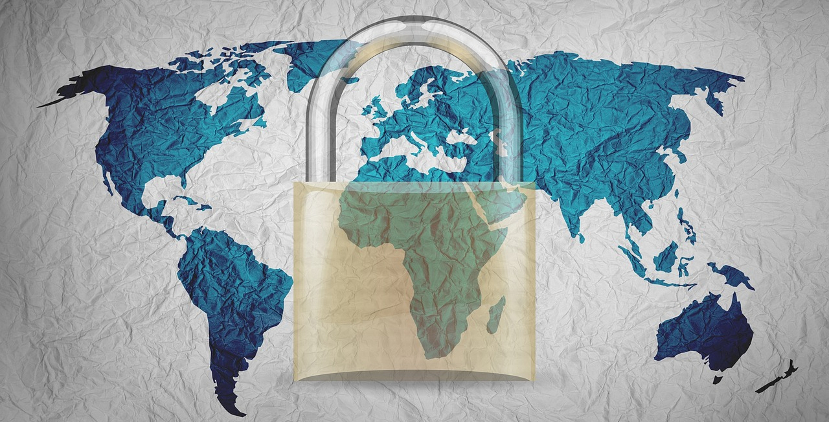We have written previously about the importance of having secure archive and backups, properly airgapped and otherwise secured, as one of the core portions of surviving a cyberattack with your data intact. Now comes the next question: if you were the target of a cyberattack, what comes next?

As written about at length in this DRATA article, there is a whole parcel of different requirements placed on a company once a cyberattack has taken place, ranging from mandatory reporting (both to the customers who may have been impacted as per GDPR, or to relevant government agencies) to sealing off the systems and ensuring no further damage can take place.
Reporting is largely outside the scope of this discussion as it is going to be region-dependent; the agency you have to report to and which legal requirements fall on your organization will be determined by what region you are headquartered in, and what countries you do business in.
There are more universal experiences, however, and chief among them is recovery. Once your systems have been penetrated, there is a high chance that your data will be somehow affected – stolen (in the case of cybercriminals who want to sell it on for their profit), encrypted (in the case of ransomware) or corrupted. After ensuring that the breach has been sealed, this is going to be your main focus.
How do you recover your data after a cyberattack?
After prevention has failed and an attacker has run the full gauntlet of intrusion prevention systems, virus scanners and other antimalware measures, a company has to begin working with the assumption that their data is compromised. At this point, there is a number of next steps they can take:
The most commonly explored option, provided there was a backup in place, is a comprehensive restore. The last version of the live system to be uploaded to the backup system can be downloaded back onto live servers and business can to some extent continue as before.
The main issue your organization is likely to run into with this approach is that full restores are lengthy. This means that even in the best case scenario where your company has no lingering issues from the system breach, there will be an interruption in business while you wait for your data to be recovered and ready for future work.
Avoid lengthy restores with contentACCESS
One of the major benefits of contentACCESS Archive and Backup is that the unified system allows employees access to their information without the need for waiting until a restore completes. This means that instead of doing a system restore, you can selectively restore only the most key portions of your data. Other documents or files can be accessed via the archive or restored as needed.
This greatly simplifies the recovery process by cutting out one of the most time-consuming portions entirely. As a consequence, contentACCESS immediately jumps head and shoulders above the competition as the only equivalent system to offer this unique option.
With our unitary system, contentACCESS can provide an archive and backup for a wide spectrum of your company’s critical business information including your SharePoint, Email communications, Microsoft Teams chat, and a file archive. This added layer of security helps ensure your business continuity in the event of a cyberattack on your company. At the same time, contentACCESS comes with an unprecedented ease of access; browse your archived information through our Web Portal, Outlook integration, or Mobile App – at home, at work, or on the fly. Improve both your productivity and security all in one package.
Are you prepared to face the challenges industry experts predict are coming in the last half of 2023? Do our offers interest you or your company? Our team of experts is waiting to walk you through our offer and show you how best to leverage our unitary archive and backup to match your company needs. Contact us to schedule your free consultation today!
Take the best steps to protect your data – with TECH-ARROW.
Archive all your O365 data with contentACCESS


